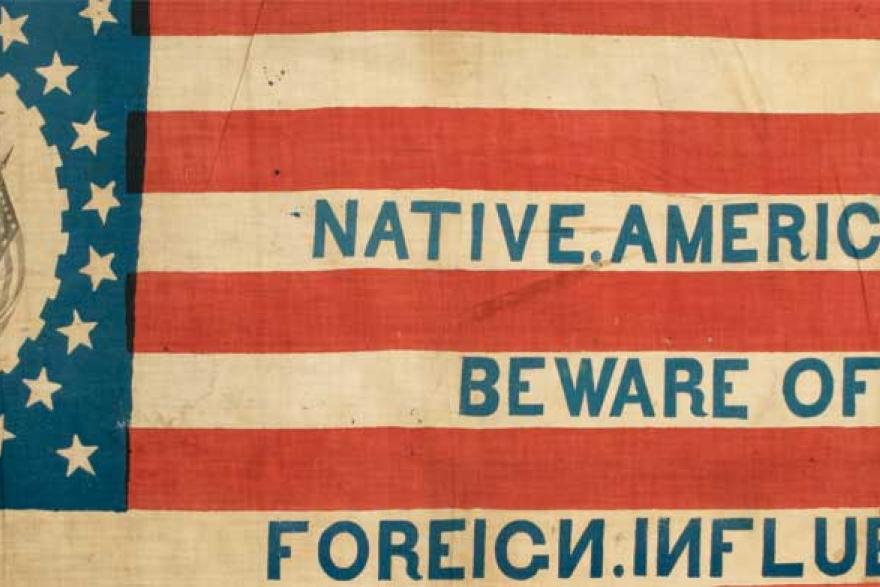Immigration

As one of the primary destinations for immigrants from across the globe, New York has long been a center of activism for assisting or deterring these newcomers. Learn about the discrimination immigrants have faced, their struggles to improve their quality of life, and how immigrants continue to transform the city.
Case Studies:
Exhibition
Ongoing
Nativists and Immigrants
Between 1820 and 1860, 3.7 million immigrants landed in New York Harbor—at a time when the city’s population numbered less than one million. No laws existed to regulate or curtail the flow of newcomers. Economic and political unrest propelled people across the Atlantic, including more than half a million Irish fleeing famine from 1845-1851.
Exhibition
Ongoing
Organizing Chinatown
In the face of daunting barriers and widespread racism, in the 1930s Chinese American workers in Lower Manhattan’s Chinatown demanded improved labor rights, connected with groups in the global anti-imperialist movement, and resisted longstanding, legalized discrimination.
Exhibition
Ongoing
Settlement Houses
In 1886, New Yorker Stanton Coit founded the nation’s first “settlement house,” the New York Neighborhood Guild (today the University Settlement) on Forsyth Street on the Lower East Side. Inspired by the example of reformers in London’s Toynbee Hall, Coit and others moved to the city’s poorest neighborhoods to work with immigrants living in crowded, unhealthy tenement apartments. They lived as members of the community and helped local families receive health care, enroll in educational programs, join recreational clubs, and enjoy a range of social services.
Stay Connected.Get our Newsletter.
Get the latest on events, upcoming exhibitions, and more.

Want free or discounted tickets, special event invites, and more?



